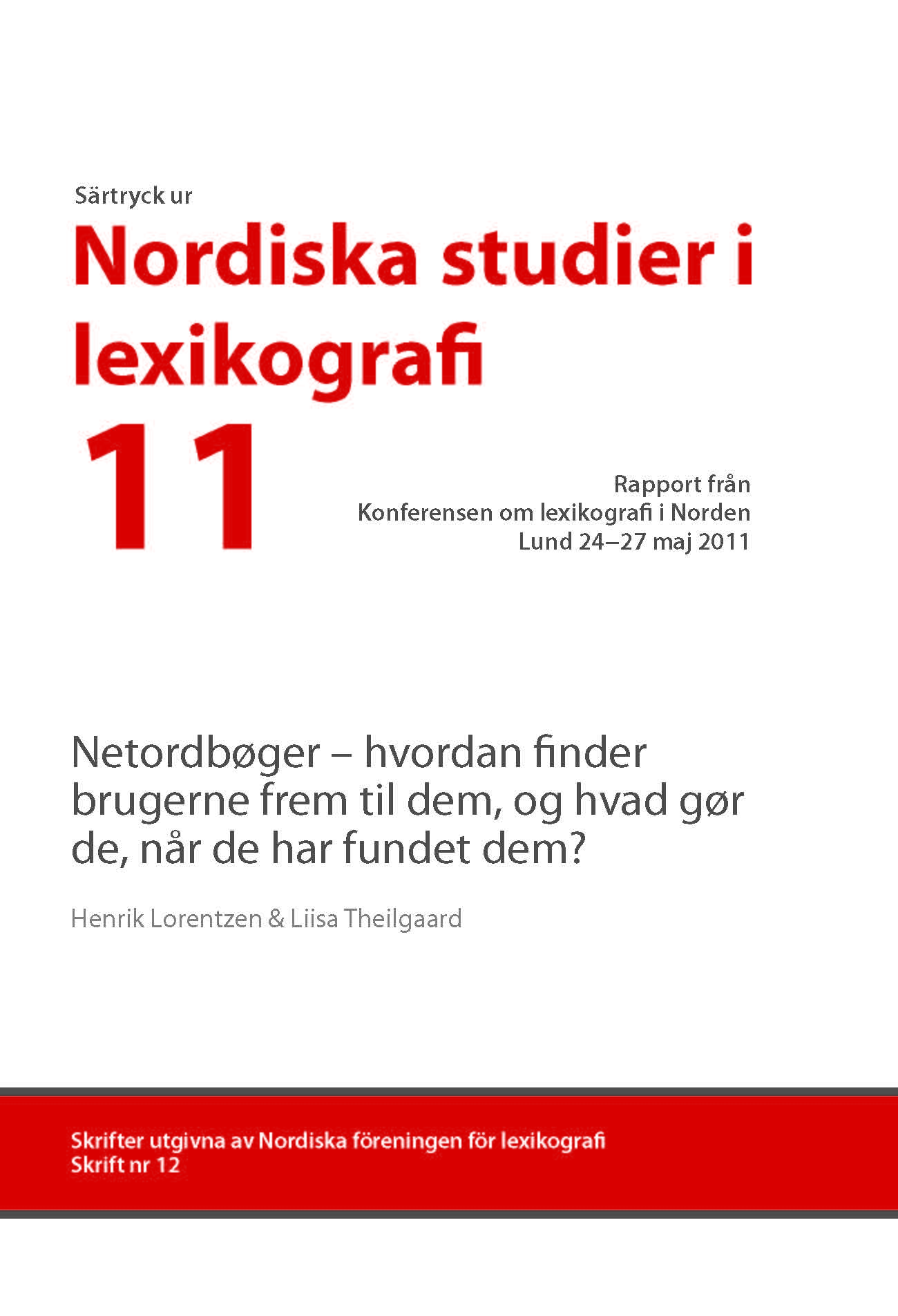Ordbogsmanuskripter og et historiskt ordbogsarbejde
Keywords:
historisk leksikografi, ordforrådet, talesprog, fremmedordAbstract
In this article the author discusses the importance of using unpublished dictionaries in manuscripts, especially to collect examples from the spoken language that have not been excerpted for published dictionaries. Three collectors are mentioned as examples, Jón Ólafsson from Grunnavík, Dr Hallgrímur Scheving and Dr Björn M. Ólsen. In the 18th century the first one wrote a large manuscript that is extremely important for the history of the Icelandic language. An examination of the vocabulary shows that a great deal of the words have their roots in the spoken language. In the early 19th century Scheving collected two different manuscripts (Lbs. 220 8vo and Lbs. 283–285 4to) of words that were intended for an Icelandic dictionary, but he never finished. In these manuscripts there are a great many words from the spoken language with no examples in printed dictionaries, probably with Scheving’s pupils, who came from all parts of the country, as the source. Scheving’s third manuscript is ‘Florilegium’, with Danish and Low-German loan words in Icelandic, probably intended for a book on language purism as well as for a dictionary of loan words. The third collector mentioned is Björn M. Ólsen who collected words he heard on his journeys around the country, originally intended for a special dictionary of the spoken language. The author emphasizes that lexicographers working on historical dictionaries cannot ignore these unprinted sources of an important part of the vocabulary.Downloads
Published
2012-01-01
How to Cite
Kvaran, G. (2012). Ordbogsmanuskripter og et historiskt ordbogsarbejde. Nordiske Studier I Leksikografi, (11). Retrieved from https://tidsskrift.dk/nsil/article/view/19353
Issue
Section
Artikler
License
Nordisk Forening for Leksikografi/NSL og forfatterne.





